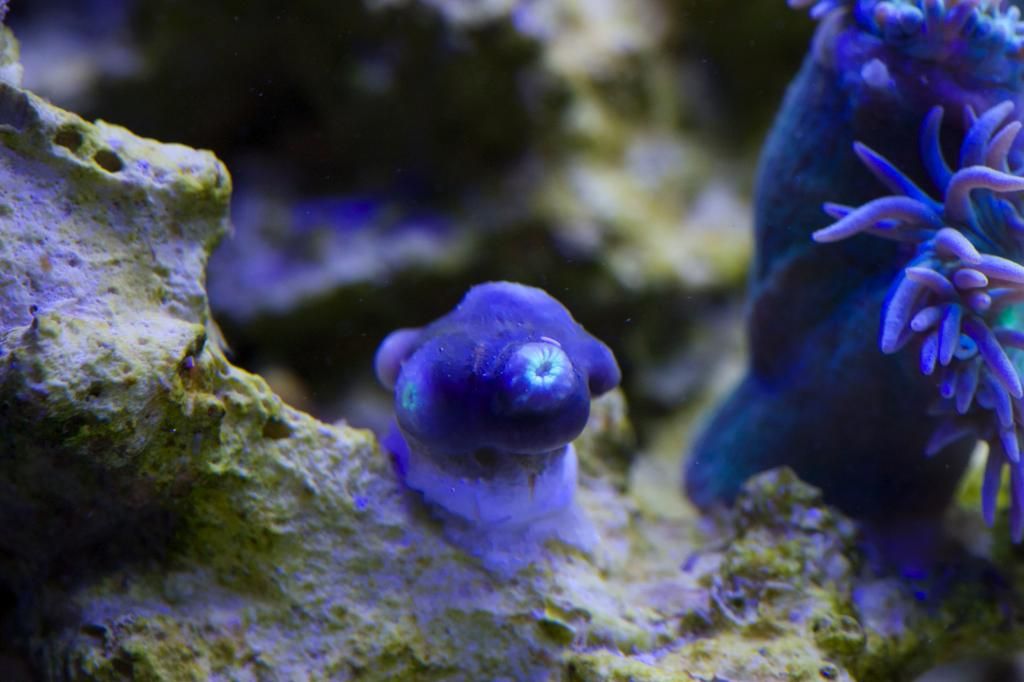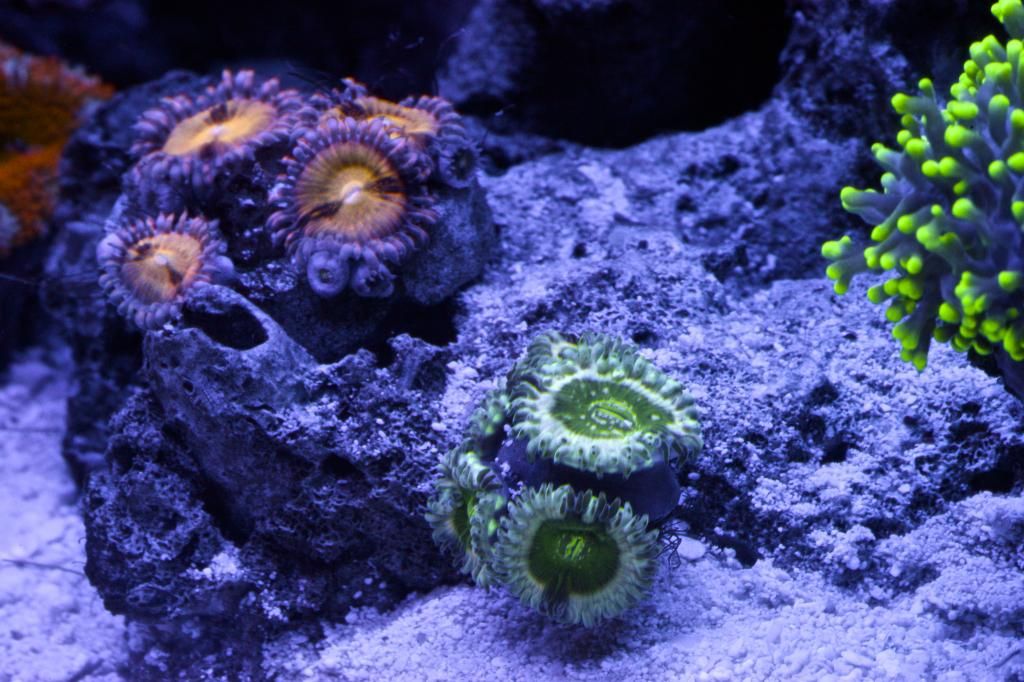DocMatthew
New Member
- Joined
- Feb 19, 2015
- Location
- Toronto
Being a relative noob to this whole reef world, I'm not sure what is normal and abnormal, but here's my question/concern. I have some Zoas and Palys that are very happy, open and swaying in the current all the time, and others that seem to spend most of the time curled up in hiding. Some of the curled up ones are right next to happy ones. I tried a little 5 minute dunk in RO water to see if that would knock any pests off, and tried putting them in new locations, but they still remain tucked in. Any thoughts? Should I worry about this, or is this just what they do sometimes?
Here's an example (my Green People Eaters, I believe):

(when happy and open, they look like this):

And another:

(this is the second example when open):

And yet, others are perfectly happy looking:

Here's an example (my Green People Eaters, I believe):

(when happy and open, they look like this):

And another:

(this is the second example when open):

And yet, others are perfectly happy looking:
